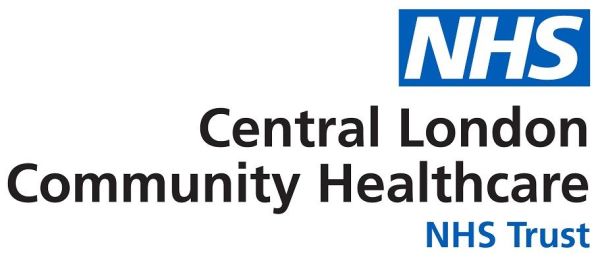Foot and ankle pain
Read more about this page below
Most people experience pain in and around their feet or ankles at some point in their lives. Each foot is made up of 26 bones and over 33 small joints, which work with ligaments, muscles and tendons. Most cases of foot or ankle pain are short term and are caused by soft tissue injuries, such as sprains or strains. In most cases you will not need to see a healthcare professional.
Seek prompt medical review if:
- The pain or swelling is getting worse despite self-treatment
- You have tingling or loss of feeling in your foot
- You are not able to take any weight on your foot.
- You have diabetes
- You experienced severe pain in the Achilles tendon that came on suddenly and difficulty walking.
- You have a very swollen calf that is hot and/or red.
- You also have a very high temperature or feel hot and shivery - this could be an infection
Some common problems we can see related to the foot and ankle are:
- Acute ankle sprain
- Plantar fasciitis Plantar heel pain
- Achilles tendon pain
- Foot and ankle Arthritis
Acute ankle sprain
How to manage a knee or ankle sprain
Plantar fasciitis Plantar heel pain
Plantar heel pain, also known as plantar fasciitis, is a common condition especially in those aged 40-60. It occurs in 8-10% of regular runners. The pain is felt on the bottom of your foot around your heel and arch. A common sign that you may have plantar fasciitis is pain that is much worse when taking your first step after getting up or resting. The exact cause of plantar fasciitis is unknown however there are many contributing factors.
Most people will make a complete recovery within 1 year. Things you can do to help yourself are:
- Rest the foot (by avoiding standing or walking for long periods) where possible.
- Wear shoes with good arch support and cushioned heels (such as laced sports shoes).
- Avoid walking barefoot.
- Consider purchasing insoles and heel pads to insert in their shoes, with the aim of correcting foot pronation.
- 'Magnetic' devices should be avoided.
- Lose weight if overweight or obese.
- Apply an icepack (covered with a towel) to the foot for 15–20 minutes for symptomatic relief.
- Try ‘self-physiotherapy’ to stretch the plantar fascia and relieve symptoms.
Please see the information below for further information on stretches and ‘self-physiotherapy’.
If your symptoms do not improve after 2-3 months of self-stretching then see your GP. They may refer you to a Podiatrist or Physiotherapist for review.
Please see the information below
Achilles tendon pain
Achilles tendinopathy is a condition that causes pain, swelling and stiffness of the Achilles tendon. The Achilles tendon connects the calf (the back of the lower part of your leg) muscles to the heel bone, and helps you to push up on your tiptoes. It is the thickest and strongest tendon in the body. Achilles tendinopathy is common in active people. A diagnosis is usually made following a clinical assessment. A Physiotherapist will be able to help you with exercises and a treatment plan.
Please see below for further information
Achilles pain infographic - CLCH
Foot and ankle Arthritis
Osteoarthritis is the most common form of arthritis. Osteoarthritis causes changes to cartilage, bones, ligaments, tendons and lining of all affected joints. The muscles around the ankle may become weaker overtime and it may become difficult to walk or put weight on your foot and ankle. Bunions, corns and callouses may be associated with osteoarthritis in the foot and ankle and you may need to seek advice from your GP or a Podiatrist. It is very important to keep active when you have osteoarthritis. If you are overweight, reducing your weight will take the strain of your foot and ankle joints and reduce the pain.
Please see below for further information

